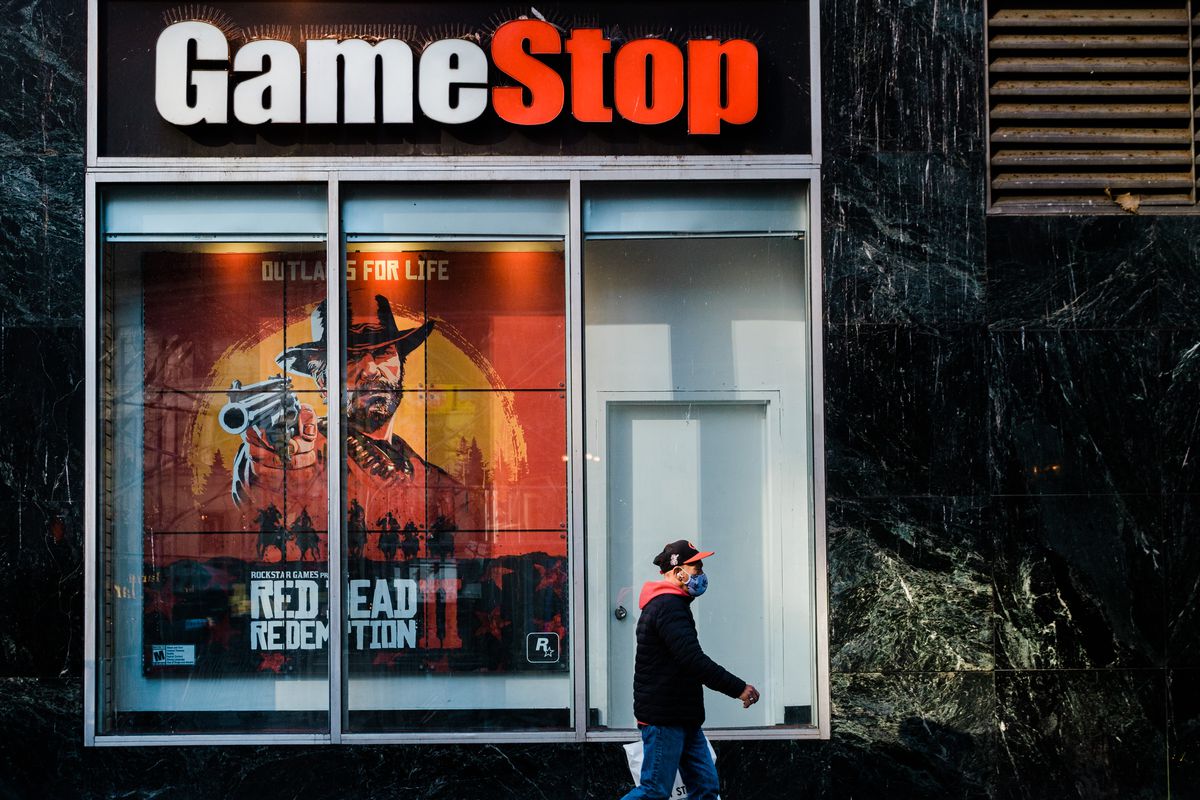Home>Finance>Box Spread: Definition, Example, Uses & Hidden Risks


Finance
Box Spread: Definition, Example, Uses & Hidden Risks
Published: October 18, 2023
Learn about box spreads in finance, including their definition, examples, uses, and the hidden risks involved.
(Many of the links in this article redirect to a specific reviewed product. Your purchase of these products through affiliate links helps to generate commission for LiveWell, at no extra cost. Learn more)
Box Spread: Definition, Example, Uses & Hidden Risks
Welcome to Finance 101, where we break down complicated financial concepts into bite-sized pieces. In this post, we’ll dive into the world of the box spread. Are you curious about what a box spread is, how it works, or how it can be used? Look no further! We’ll provide you with a clear definition, a practical example, and explore the various uses along with the hidden risks involved. So, let’s get started!
Key Takeaways:
- A box spread is an options strategy involving the purchase and sale of four different options.
- It is designed to create a riskless profit under specific conditions.
What is a Box Spread?
A box spread is an options strategy that seeks to take advantage of pricing discrepancies between four different options with identical expiration dates. This strategy involves the simultaneous purchase of a call option and put option with the same strike price, while also selling a call option and put option with a higher strike price. The objective is to create a riskless profit by capitalizing on the arbitrage opportunity presented by the pricing differences.
Example of a Box Spread:
Let’s illustrate the concept of a box spread with an example. Imagine that stock XYZ is currently trading at $100, and you expect it to remain stable over the next month. You decide to implement a box spread strategy by:
- Purchasing a call option with a strike price of $105 at a premium of $2.
- Selling a call option with a strike price of $110 at a premium of $1.
- Purchasing a put option with a strike price of $110 at a premium of $2.
- Selling a put option with a strike price of $115 at a premium of $1.
In this scenario, you have created a box spread by buying the cheaper call and put options and simultaneously selling the more expensive call and put options. If the options expire worthless, you would keep the net premium received upfront as profit.
Uses of a Box Spread:
A box spread can serve several purposes, including:
- Arbitrage Opportunities: Traders use box spreads to exploit pricing discrepancies in the options market, aiming to capture riskless profits due to market inefficiencies.
- Risk Management: By constructing a box spread, investors can hedge their positions, mitigating potential losses resulting from adverse price movements.
- Income Generation: Box spreads can generate income through the collection of option premiums, especially in situations where the stock price is expected to remain range-bound.
Hidden Risks of a Box Spread:
While a box spread may seem like a surefire way to make money, it’s important to understand the hidden risks associated with this strategy:
- Transaction Costs: Executing a box spread involves trading four different options, which can lead to significant transaction costs and reduce potential profits.
- Margin Requirements: Depending on the brokerage, box spreads may require additional margin and collateral to execute, tying up more capital than intended.
- Market Conditions: Box spreads rely on specific pricing discrepancies, which may not always be present in the market. Changes in volatility or bid-ask spreads could impact the potential profitability of the strategy.
Keep in mind that options trading can be complex, and box spreads should only be considered by experienced traders who fully understand the associated risks and have the necessary knowledge to execute the strategy effectively.
We hope this blog post has shed light on the concept of a box spread—what it is, how it works, its various uses, and the hidden risks involved. Remember, financial markets are always evolving, and it’s important to stay informed and seek professional advice before engaging in any options trading strategy.
Happy box spreading!














